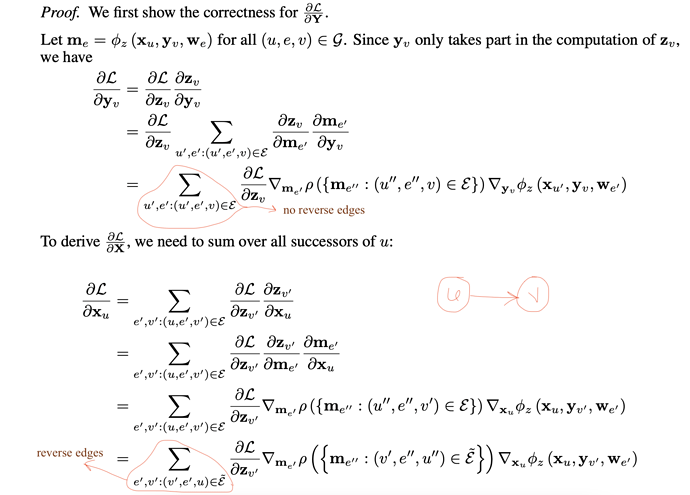Hi there,
Could you please explain backward function of GSpMM? dgl/sparse.py at master · dmlc/dgl · GitHub
I am not understanding several things.
- Why input graph is reversed?
- If I use only sum as aggregation in the SpMM then what would be the corresponding backward operation and why?
- Why SDDMM is used in the backward function of GSpMM?
It would be great if you kindly provide a detailed description about it. It will be really helpful to understand.
Best,
Khaled

